![]()
![]()
![]()
Use LEFT and RIGHT arrow keys to navigate between flashcards;
Use UP and DOWN arrow keys to flip the card;
H to show hint;
A reads text to speech;
38 Cards in this Set
- Front
- Back

|
Strawberry Hill Horace Walpole Twickenham, London ca. 1750 |
|
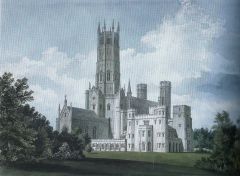
|
Fonthill Abbey James Wyatt Wiltshire 1796-1807 |
|
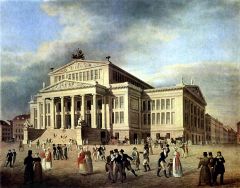
|
Schauspielhaus (StateTheater) Karl Friedrich Schinkel Berlin 1818-21 |
|

|
In What Style Shall We Build Heinrich Hübsch 1828 |
|
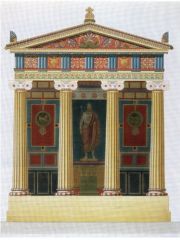
|
Reconstruction of the Temple of Empedocles J. I. Hittorff Selinunte, Sicily 1830 |
|
|
His picturesque early country houses avoided the current Neo-Gothic and the academic styles, reviving vernacular materials like half timber and hanging tiles, with projecting gables and tall massive chimneys with "inglenooks" for warm seating. The result was free and fresh, not slavishly imitating his Jacobean and vernacular models, yet warmly familiar, a parallel to the Arts and Crafts movement. Richard Norman Shaw's houses soon attracted the misnomer the "Queen Anne style". |
Richard NormanShaw (1831-1912) |
|
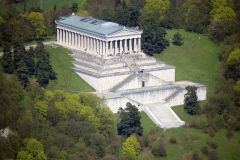
|
Walhalla Leo von Klenze Near Regensburg 1831-42 |
|
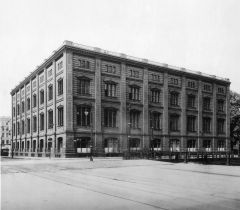
|
Bauakademie Karl Friedrich Schinkel Berlin 1832-35 |
|
|
as an English textile designer, poet,novelist, translator, and socialist activist. Associated with the British Arts and Crafts Movement, he was a major contributor to the revival of traditional British textile arts and methods of production. His literary contributions helped to establish the modern fantasygenre, while he played a significant role in propagating the early socialist movement in Britain. |
William Morris(1834-96) |
|
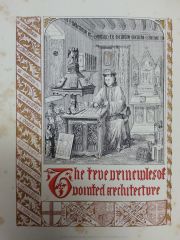
|
Contrasts, or a Parallel between the NobleEdifices of the Fourteenth and Fifteenth Centuries and Similar Buildings of thePresent Day A. W. N. Pugin 1836 |
|

|
Bibliotheque Ste.-Genevieve Henri Labrouste Paris 1838-50 |
|

|
St. Gile's A. W. N. Pugin Cheadle, Staffordshire 1839-44 |
|
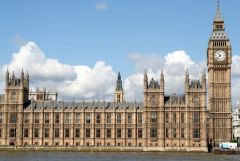
|
Houses of Parliament Charles Barry and A. W. Pugin London, 1840-52 |
|
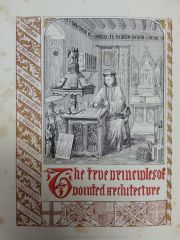
|
The True Principles of Pointed or ChristianArchitecture A. W. N. Pugin 1841 |
|
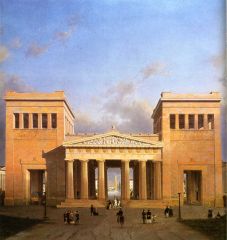
|
Propylaeon Leo von Klenze Munich 1843 |
|

|
Seven Lamps of Architecture John Ruskin 1849 |
|

|
All Saints, Margaret Street William Butterfield London 1849-59 |
|
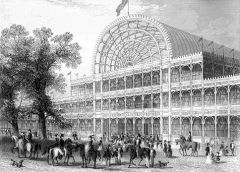
|
Crystal Palace Joseph Paxton Hyde Park, London 1850-51 |
|
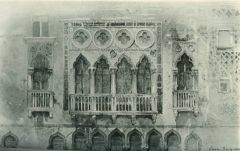
|
Stones of Venice John Ruskin 1851 |
|
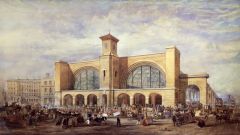
|
King's Cross Station Lewis Cubitt London 1851-2 |
|

|
Les Halles Victor Baltard Paris 1852-55 |
|
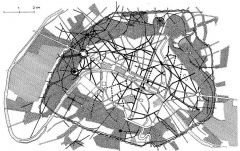
|
BaronGeorges-Eugene Haussman's plan for Paris 1852-70 |
|
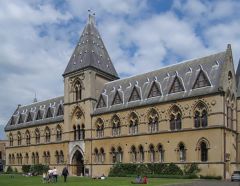
|
Oxford University Museum Deane and Woodward Oxford 1854-60 |
|
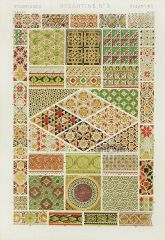
|
TheGrammar of Ornament Owen Jones 1856 |
|
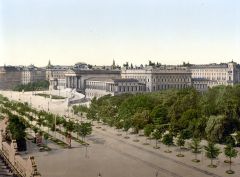
|
Ringstrasse Vienna 1857-1914 |
|
|
an English architect and furniture and textile designer. Voysey's early work was as a designer of wallpapers, fabrics and furnishings in a simple Arts and Crafts style, but he is renowned as the architect of a number of notable country houses. He was one of the first people to understand and appreciate the significance of industrial design. He has been considered one of the pioneers of Modern Architecture, a notion which he rejected. His English domestic architecture draws heavily on vernacular rather than academic tradition, influenced by the ideas of Herbert Tudor Buckland (1869–1951) and Augustus Pugin (1812–1852). |
C.F.A. Voysey (1857– 1941) |
|
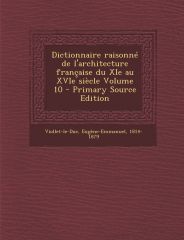
|
Dictionnaireraisonnée de l'Architecture (ten volumes) -> Dictionary of Architecture E.-E. Viollet-le-Duc (1814-79)
1858-68 |
|
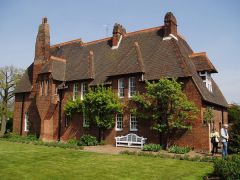
|
RedHouse Philip Webb Bexley Heath, Kent 1859 |
|

|
Der Stil in den technischenund tektonischen Künsten oder Praktische Ästhetik (two volumes) -> Stylein the Technical and Tectonic Arts; or, Practical Aesthetics Gottfried Semper (1803-1879) 1860-63 |
|
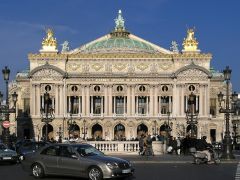
|
Opera J.-L.-C. Garnier Paris 1861-74 |
|
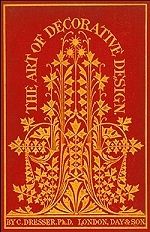
|
The Art of Decorative Design Christopher Dresser 1862 |
|
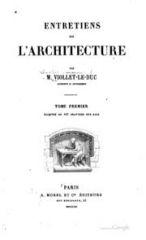
|
Entretiens sur l'Architecture (twovolumes) ->Discourses on Architecture E.-E. Viollet-le-Duc (1814-79) 1863-72 |
|
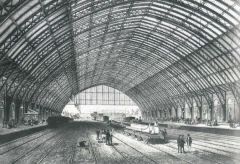
|
Train shed of St. Pancras Station W. H. Barlow and R. M. Ordish London 1863-1865 |
|
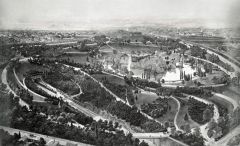
|
Parc des Buttes J.-C.-A. Alphand and G.A. Davioud Chaumont, Paris 1864-67 |
|
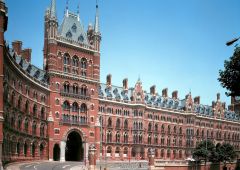
|
St. Pancras Station and Hotel George Gilbert Scott 1867-74 |
|
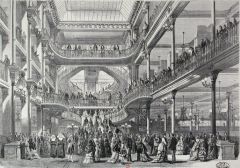
|
Au Bon Marché Louis-Charles Boileau Paris 1872 |
|
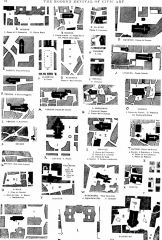
|
City Building According to ArtisticPrinciples Camillo Sitte 1889 |
|
|
The Queen Anne style in Britain refers to either the English Baroque architectural style approximately of the reign of Queen Anne (reigned 1702–1714), or a revived form that was popular in the last quarter of the 19th century and the early decades of the 20th century (when it is also known as Queen Anne revival).[1] In British architecture the term is mostly used of domestic buildings up to the size of a manor house, and usually designed elegantly but simply by local builders or architects, rather than the grand palaces of noble magnates.The well-known architectural commentator and author Marcus Binney, writing in The Times in 2006, describes Poulton House built in 1706, during the reign of Queen Anne, as "...Queen Anne at its most delightful". Binney lists what he describes as the typical features of the style:[2]a sweep of steps leading to a carved stone door-caserows of painted sash windows in boxes set flush with the brickworkstone quoins emphasizing cornersa central triangular pediment set against a hipped roof with dormerstypically box-like "double pile" plans, two rooms deep |
Queen Anne style |

